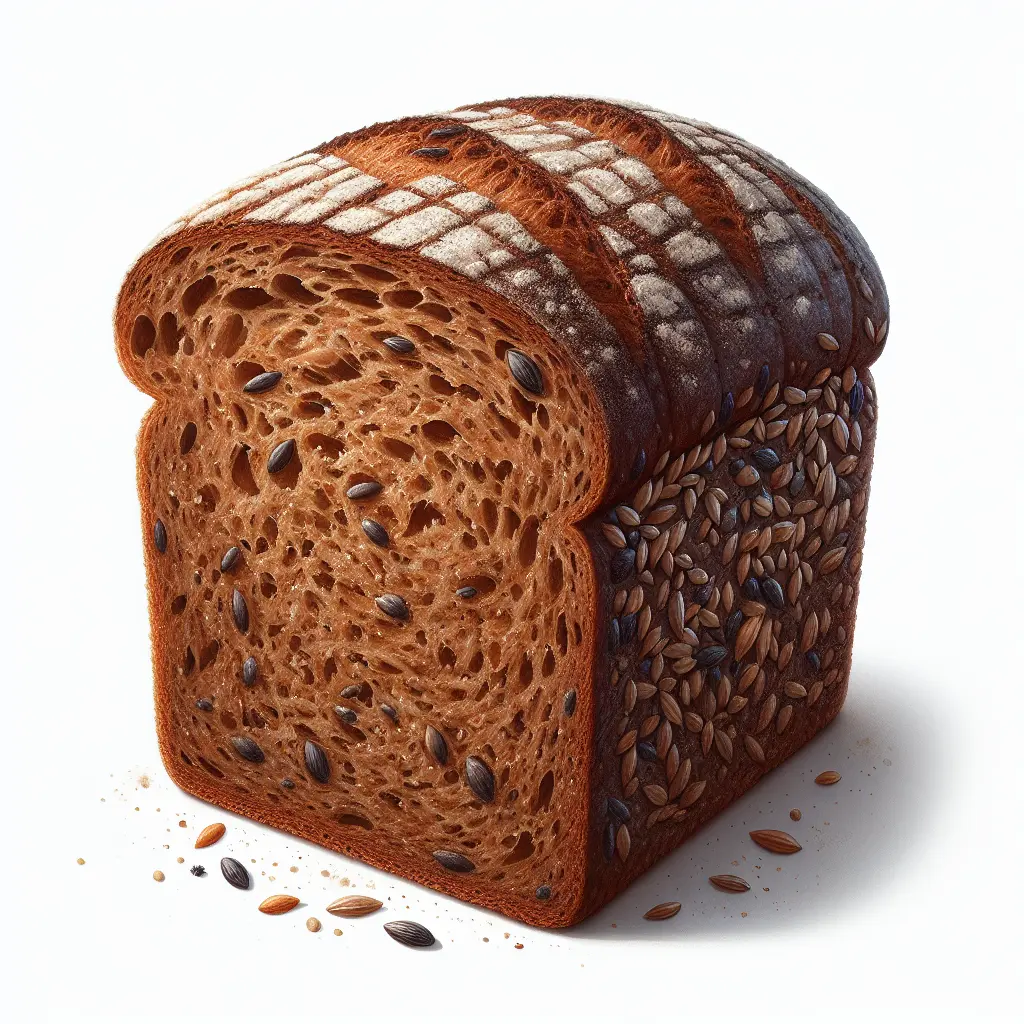Whole Meal Bread: A Dietary Cornerstone
Whole Meal Bread stands as a culinary cornerstone, a staple food imbued with an array of essential nutrients. Its composition boasts a harmonious balance of carbohydrates, protein, and fiber, making it an ideal foundation for a balanced diet.
- Carbohydrates: The primary energy source, providing 14 grams per slice, Whole Meal Bread sustains physical activity and mental focus.
- Protein: Essential for building and repairing tissues, Whole Meal Bread contributes 4 grams of protein per slice, supporting muscle health and growth.
- Fiber: Insoluble and soluble fiber, totaling 1.9 grams per slice, aid in digestion, promote satiety, and maintain a healthy weight.
Embracing the Versatility of Whole Meal Bread
The versatility of Whole Meal Bread extends to its culinary applications. Toast it for a crispy crunch, slather it with your favorite spreads, or incorporate it into sandwiches and wraps. Its hearty texture and neutral flavor seamlessly complement both sweet and savory ingredients.
- Breakfast Delight: A slice of toasted Whole Meal Bread topped with avocado, eggs, or fruit makes for a nourishing and satisfying start to the day.
- Lunchtime Staple: Create wholesome sandwiches with Whole Meal Bread as the base, adding lean protein, fresh vegetables, and flavorful sauces.
- Accompaniment to Soups and Salads: Elevate soups and salads by pairing them with a side of Whole Meal Bread, absorbing flavorful broths and providing a textural contrast.
Nutritional Profile of Whole Meal Bread
Whole Meal Bread is a nutritional powerhouse, offering an impressive array of nutrients per 81-calorie slice:
- Calories: 81
- Protein: 4g
- Fat: 1.1g
- Carbohydrates: 14g
- Fiber: 1.9g
- Sugar: 1.4g
Its low sodium content, at just 100mg per slice, makes Whole Meal Bread a heart-healthy choice. Additionally, it is an excellent source of several essential vitamins and minerals, including:
- Vitamin B1 (Thiamin): Supports energy metabolism and cognitive function.
- Vitamin B2 (Riboflavin): Essential for energy production and red blood cell formation.
- Iron: Plays a crucial role in oxygen transport and red blood cell production.
Incorporating Whole Meal Bread into a Balanced Diet
Incorporating Whole Meal Bread into a balanced diet is effortless. Its versatility allows for seamless integration into various meal plans.
- As a carbohydrate source: Enjoy Whole Meal Bread with meals to provide sustained energy throughout the day.
- As a snack: A slice of Whole Meal Bread paired with hummus, nuts, or cheese makes for a healthy and satisfying snack between meals.
- As a fiber source: Include Whole Meal Bread in your diet to increase fiber intake, aiding digestion and promoting satiety.
Whole Meal Bread stands as a testament to the harmony between nutrition and culinary delight. Its wholesome profile and versatility make it a cornerstone of balanced diets, providing nourishment and satisfaction with every bite.
How many calories are in Whole Meal Bread?
Each 1 slice of Whole Meal Bread contains 81 calories.
Whole Meal Bread Nutritional Information
| Nutrient | Amount per 1 slice (32g) |
|---|---|
| Calories | 81 Calories |
| Protein | 4g |
| Fat | 1.1g |
| Saturated Fat | 0.2g |
| Cholesterol | 0mg |
| Carbohydrates | 14g |
| Dietary Fiber | 1.9g |
| Sugar | 1.4g |
| Sodium | 0.146mg |
| Potassium | 0.0813mg |
| Calcium | 0.052mg |
| Iron | 0.0008mg |
